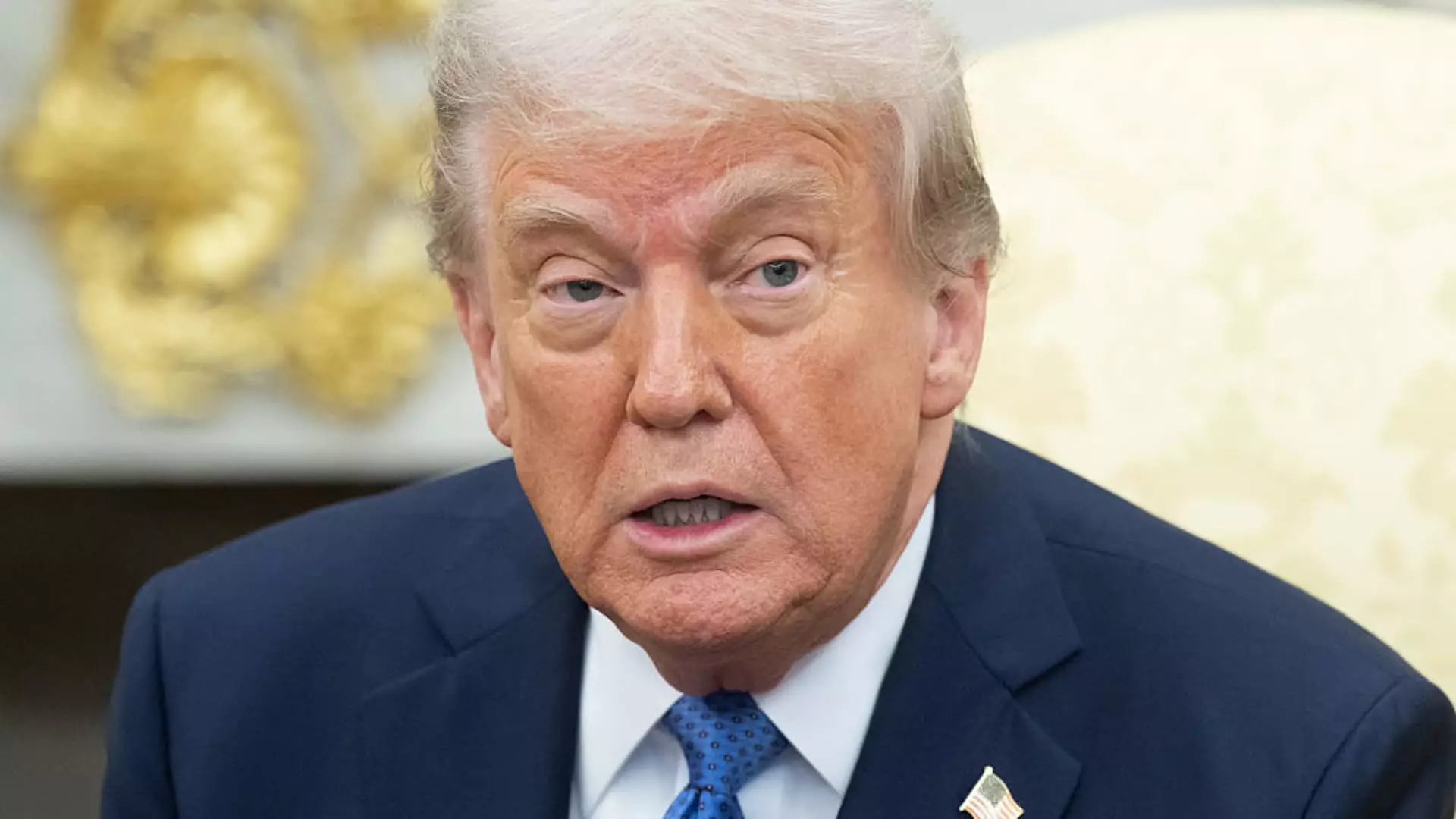In a climatic twist to the ongoing saga of the Trump administration’s immigration policies, recent developments have thrown the futures of countless international students into a swirl of uncertainty. The administration’s abrupt decision to temporarily restore the legal status of these students—whose records were terminated in a shocking wave of visa revocations—evokes both a sense of relief and lingering trepidation. What does this chaotic restoration signify, and what are the underlying implications for a demographic that plays a pivotal role in American higher education?
The Justice Department’s attorney, Elizabeth D. Kurlan, revealed during a recent court hearing that international students would have their records reactivated while the Immigration and Customs Enforcement (ICE) formulates a new policy framework concerning the reasons for status termination. This move underscores the capricious nature of current policies, suggesting that the administration is not only scrambling to mitigate fallout but also lacks a coherent strategy for the thousands affected.
Targeting a Vulnerable Population
The administration’s recent visa revocations seemed especially targeted, affecting those who had engaged in political activism or had prior legal issues, such as DUIs. Such specific targeting reveals a chilling motive rooted in control rather than rationale, painting a dire picture of how vulnerable populations can be exploited during political power struggles. It’s disheartening to witness a government that seemingly weaponizes immigration challenges to instill fear among individuals who contribute significantly to the cultural and educational fabric of the nation.
As Kurlan noted that ICE retains the authority to terminate SEVIS (Student and Exchange Visitor Information System) records under various circumstances, it’s evident that the nebulous reasoning behind these terminations leaves students in a precarious situation. Graduates, scholars, and future leaders find themselves ensnared in a legal labyrinth that can render them unknowingly vulnerable to punitive measures based on ambiguous criteria.
The Ripple Effects of Policy Reversals
The immediate reinstatement of some international students’ legal statuses may serve as a superficial balm, but the long-term repercussions are far more alarming. Many of these students may feel the lingering shadow of uncertainty, as the status of their visas remains unclear—an unsettling dilemma that renders them effectively trapped in the United States. This predicament is further politicized, with critics like immigration attorney David Wilson noting that students’ futures may be jeopardized by records of their earlier terminations.
The government strikes at the heart of the American Dream—contributing to a system of education and innovation—yet it leaves students treading water with unhealed wounds from earlier actions. It raises a provocative question: how can a nation, built on principles of opportunity and inclusion, justify its treatment of those who seek nothing more than to invest in their own futures here?
Contradictions and Hypocrisy
What stands out amidst the chaotic maneuvers is the disconnect between the promised values of the American immigration system and the current reality. Instead of nurturing potential talents that flock to the U.S. shores, the system appears to be on the verge of a sanction-based overhaul aimed more at keeping control over dissent than at promoting a diverse and productive society. The reality of policy changes seems to orchestrate a play of contradictions—momentarily reinstating individuals only to cast a shadow on their future prospects.
This hypocrisy is palpable. It not only puts the students in a moral quandary but also reflects broader implications about how America approaches its global image. By chastising international students—a group often filled with potential and energy—the administration jeopardizes the opportunity for healing and collaboration that the nation desperately needs in an increasingly polarized world.
It’s a harsh irony that while the government embodies a façade of restoration, the very act elicits deeper concerns about the stability and fairness of a system stripped of compassion. The enduring message is that, in the grand narrative of immigration policy, the scars left on affected individuals may take generations to heal. The commitment to reform must go beyond mere wordplay; it must embody tangible change. Anything less would simply reiterate a moral failure in the treatment of those who contribute immensely to America’s academic and social landscapes.



Leave a Reply